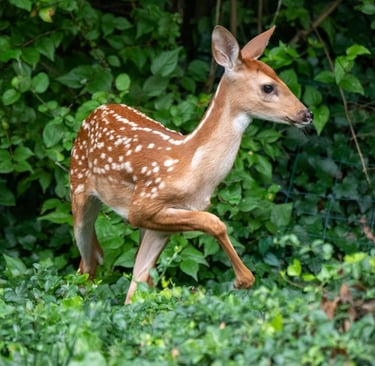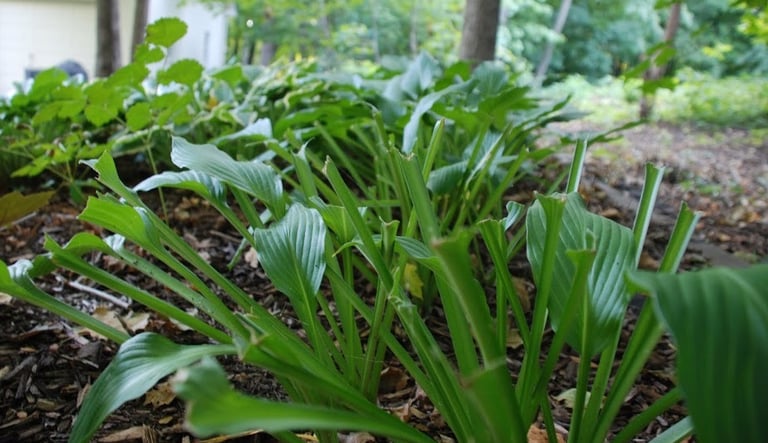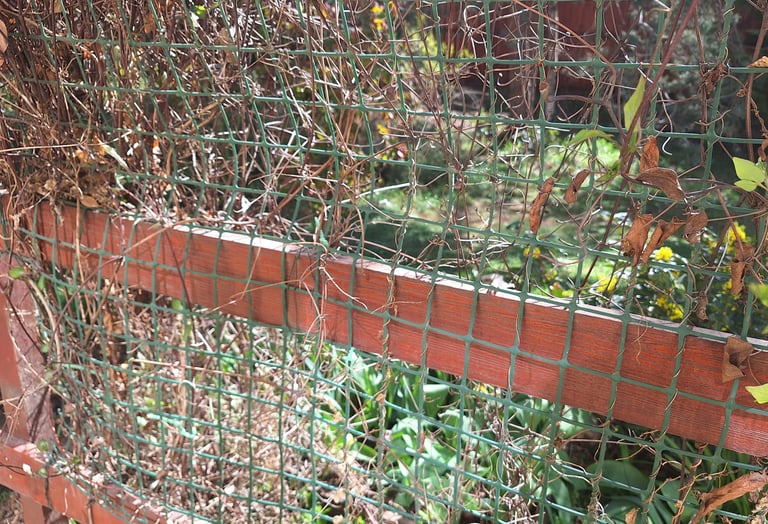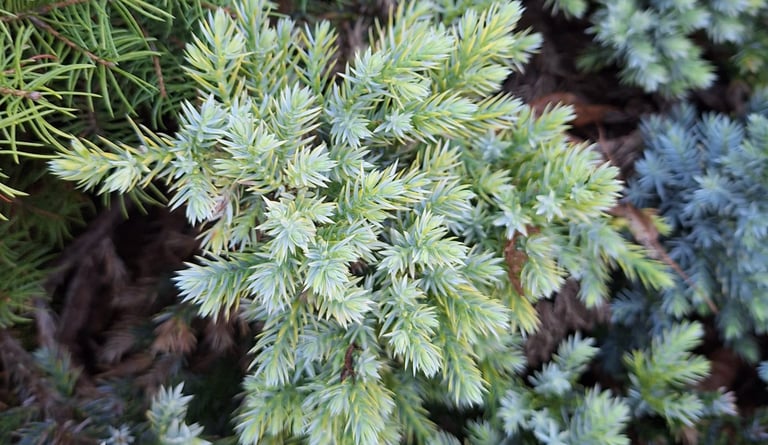7 Tips for Stoping Deer From Eating Your Plants
In this article, we will go through 7 practical techniques which some we tried and tested so that you can effectively stop deer from eating your plants.
To deter deer from eating your plants grow deer-resistant plants, implement physical barriers, apply repellents and scare tactics, create individual plant protections and maintain a clean garden.






1. Choose Deer-Resistant Plants
One of the most straightforward methods to deter deer is by planting greenery, for example, deer-resistant hedges, deer-resistant annuals, or shrubs that are deer-resistant. Deer tend to avoid plants with strong scents, fuzzy leaves, or bitter tastes.
We planted a lot of these deer-resistant plants at the edges of our garden and then the deer avoided our outdoor space because of the strong smell of the plants.
Pro tip: The key here is to plant a bunch of them at the edges of your garden.
2. Install Physical Barriers
When we applied physical barriers (tall fences) deer couldn't attack our garden anymore, so it was successful. Fences need to be high, as deer can jump quite tall obstacles. If you want to be on the safe side when installing fences against deer, consider double fencing or apply angled fences.
Expert Tip: This technique can also be used to keep cats out of garden beds and vegetable gardens but it is also powerful in other sectors of gardening like creating privacy or doing compost fencing.


3. Use Deer Repellents
Deer repellents are available in various forms, including sprays, granules, and electronic devices. These products work by emitting smells or sounds that deer find unpleasant. But you can also make your own Deer Repellent.
Pro Tip: When you are making your own deer repellent, do not spray anything toxic on your plants.
4. Use Scare Tactics
Deer scare tactics can be an effective, non-harmful way to keep deer away from your plants. Motion-activated sprinklers, lights, or even radios can startle deer, making your garden a less attractive feeding ground. Remember, the key is unpredictability, so changing your tactics regularly is crucial.
5. Protect Individual Plants
For particularly vulnerable or valuable plants, consider individual protection methods. This can include installing netting or cages around young trees or favorite flowers. These barriers can be temporary, only needed until the plant is less appealing or the deer move on to different feeding areas.











6. Have Natural Predators Like Dogs
Maintaining an environment that supports natural deer predators, such as dogs, can make your garden less inviting for deer. We applied this method in our garden and it worked but you need to consider that aggressive dogs also scare other animals like cats.
7. Maintain a Clean Garden
Reducing shelter and hiding spots for deer can also make your garden less attractive to them. Keeping grass trimmed, clearing away brush, and reducing dense plantings can discourage deer from settling in your garden area.


Sources
Nature and Sustainability uses only high-quality sources, including peer-reviewed studies to support the facts we describe in our articles. Please read our editorial policy to learn more about how we keep our content accurate, reliable, and trustworthy.
Ways to keep deer out of your garden: 20 Ways to Keep Deer Out of Your Yard - This Old House
Deer resistant plants: Deer resistant plants: 17 shrubs, perennials and annuals | (homesandgardens.com), 30 Best Deer-Resistant Flowers and Plants for Your Garden (gardenia.net)
Deer repelents: 3 DIY Deer Repellents to Protect Your Garden from Hungry Guests (bhg.com)
Share this article:




Article By:
Calin is in the garden industry for 5 years now and knows a lot about gardening and plants. He owns this website and is responsible for most of the content.
Reviewed By:


Florin is responsible for reviewing most of the articles, some of the web design and occasionally making improvements so that everyhing we publish looks deam good.



